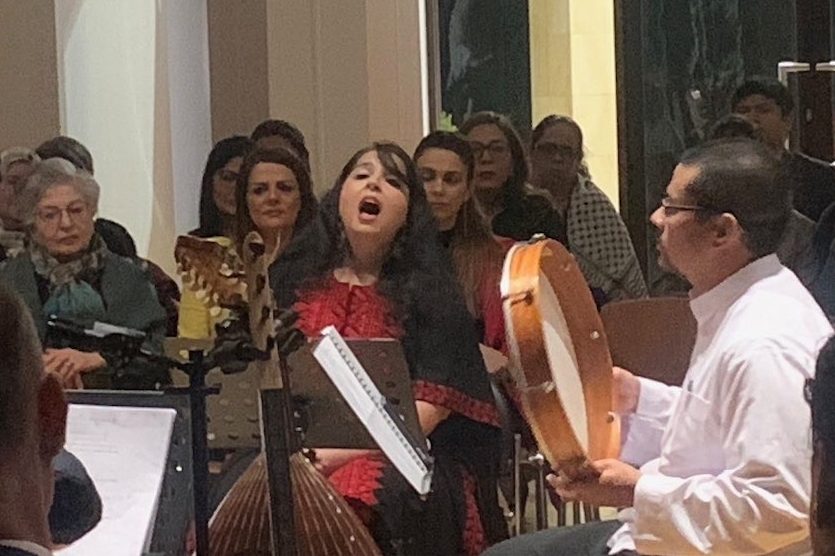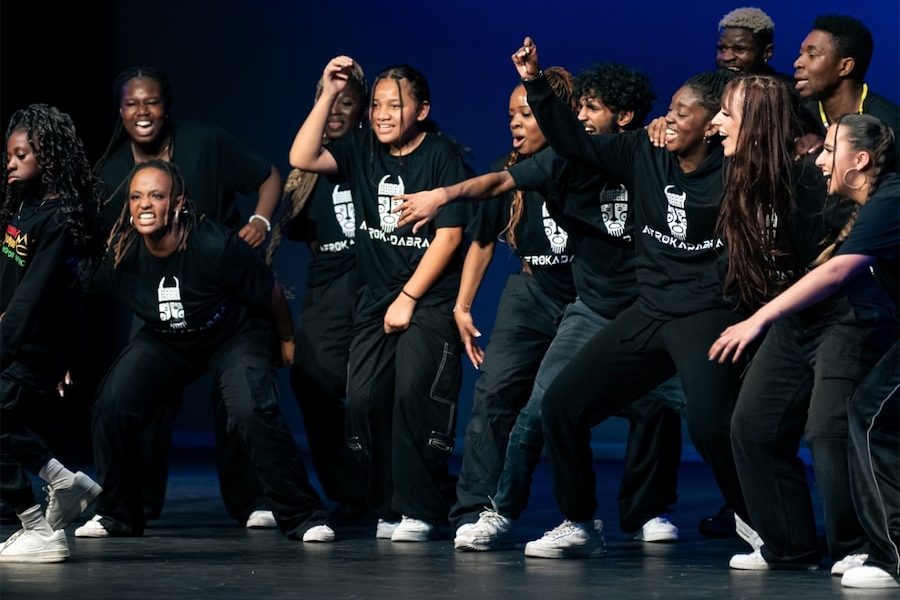A native of Broome, choreographer and dancer Dalisa Pigram explored both personal experiences and broader issues affecting indigenous people, through dance, words and imagery, in “Gudirr Gudirr”.

The set was sparse, with a large fishing net hung from the ceiling, used throughout. Firstly as a prop to illustrate a story of fishing, as a little girl, with her father, then to highlight sustainable and responsible fishing, hunting and land use, by all people. It represented both a means of survival, and the strangulation of life, both humanistic and environmental.
“The Time is Now” segment used statements about past historical atrocities and the progress and challenges, negative and positive facing today’s indigenous community. It is not entirely without hope if we can take up the opportunities presented, Pigram offers.
Pigram’s mixed Aboriginal and Malay heritage provoked questions of identity not unique to her. “I’m goin’ back to my f*ken tribe in Worcestershire!” She yells, “The f**ken pressure!”, “Who am I? Who the f**k are YOU?!” before plunging into squawks, demonstrating the overwhelm and futility of anger and retaliation.
Dressed in fitted track pants and printed top, Pigram’s costume placed her very much in modern society. She created a mesmerising hybrid of dance styles, incorporating contemporary, hip-hop, krump and traditional indigenous dance, with an Asian influence.
Pigram’s dancing illustrated resilience and freedom but often showed reactions to threat or harm. The choreography was set to a soundtrack of electric guitar and bass music and indigenous vocalisations.
Pigram did not blatantly use “Gudirr Gudirr” to attribute blame, responsibility, or indulge in self-pity, but presented more a stream of consciousness, a response to a myriad of stimuli—memories, history, current threats to Australians —destruction of land and water, loss of heritage and culture and self-made harms, including violence and suicide.
Despite this, the production is not a heavy or overly negative commentary, but a captivating and personal observation, measured and objective and thoughtfully presented. The performance blended sombre intensity with flashes of humour.
Imagery depicted wildlife being harmed by human creations and actions as well as humans harming each other. Images and words demonstrated the frustrations of identity and the influence of family and lineage. Dance questioned purpose and survival, joy and fear.
“Gudirr Gudirr” is the warning call of the guwayi bird, when the tide is turning, the folklore is that to miss the call is to drown. The production is a snap-shot made up of then, now, and a future still in the making. Will we hear the call… or drown?
Who can be trusted?
In a world of spin and confusion, there’s never been a more important time to support independent journalism in Canberra.
If you trust our work online and want to enforce the power of independent voices, I invite you to make a small contribution.
Every dollar of support is invested back into our journalism to help keep citynews.com.au strong and free.
Thank you,
Ian Meikle, editor




Leave a Reply